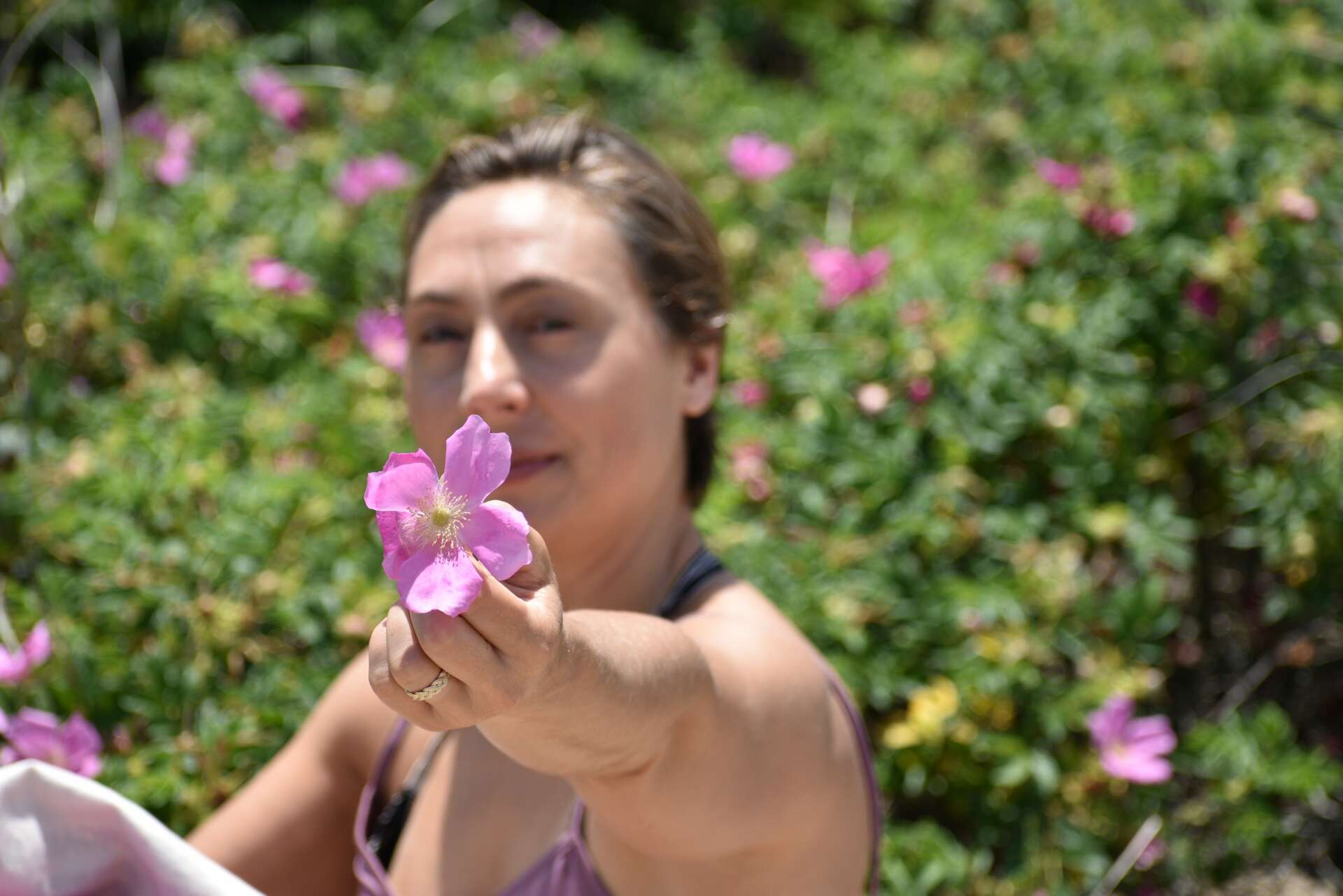Alright – so today we’ve got the honor of introducing you to Ananda Wilson. We think you’ll enjoy our conversation, we’ve shared it below.
Alright, Ananda thanks for taking the time to share your stories and insights with us today. Learning the craft is often a unique journey from every creative – we’d love to hear about your journey and if knowing what you know now, you would have done anything differently to speed up the learning process.
I’ve always been nosy. Unintentionally memorizing the smells of healing plants and medicinal oils as a child, opening every shampoo bottle in the drugstore searching for the right scent (and rejecting the wrong ones), delighting in magic markers and erasers made with fragranced ink, and concocting unique scents for holiday gifts like handmade candles or body care. It seemed that scent was sort of the secret power of the universe that made experiences more enchanted. It taught me to use it as a tool, as in the case of learning plant identification. Smells can be the deciding factor for some species; the difference between a wild ramp with the appetizing onion aroma signaling food, versus its toxic lookalike lily of the valley with no related scent. Or the almond like prunacin from a black cherry tree that otherwise might be tricky to identify in the winter, or the remarkable fresh aroma of a wintergreen leaf that turns an otherwise unremarkable ground cover into a wild panacea. The smell of home can soothe a restless child traveling, or a sharp whiff of mint can restore the vigor of a student’s tired mind. Aromatherapy was a healing modality that was a regular part of life growing up surrounded by Ayurveda. Smells were an integral part of nourishing the body, both internally and externally, from utilizing different temperatures of spices to warm or cool digestion, to the aromatic oils chosen for massage. While there were plenty of aromatherapy blends to be enjoyed, it never crossed the line into what was considered perfume until many years later. I was focused on being a dancer, and there wasn’t really such thing as being a natural perfumer back then – you were either an aromatherapist or you were trained in Grasse for classical French perfumery, which is mixed media materials – both synthetic and naturals.
My learning could have been hastened by more creative and critical thinking endeavors enabled growing up – more learning styles that were kinesthetic, artistic, and sensory, in the way that physical theatre is, or the training for Sommelier expertise is. The art of articulating between senses and language isn’t taught much beyond English class, and rarely are the guiding structures of the creative process taught; vision to moving parts, to “choreography”, to finished work. However, these are all things I learned in the throws of creating, so perhaps it’s just too abstract to fit inside a rubric.
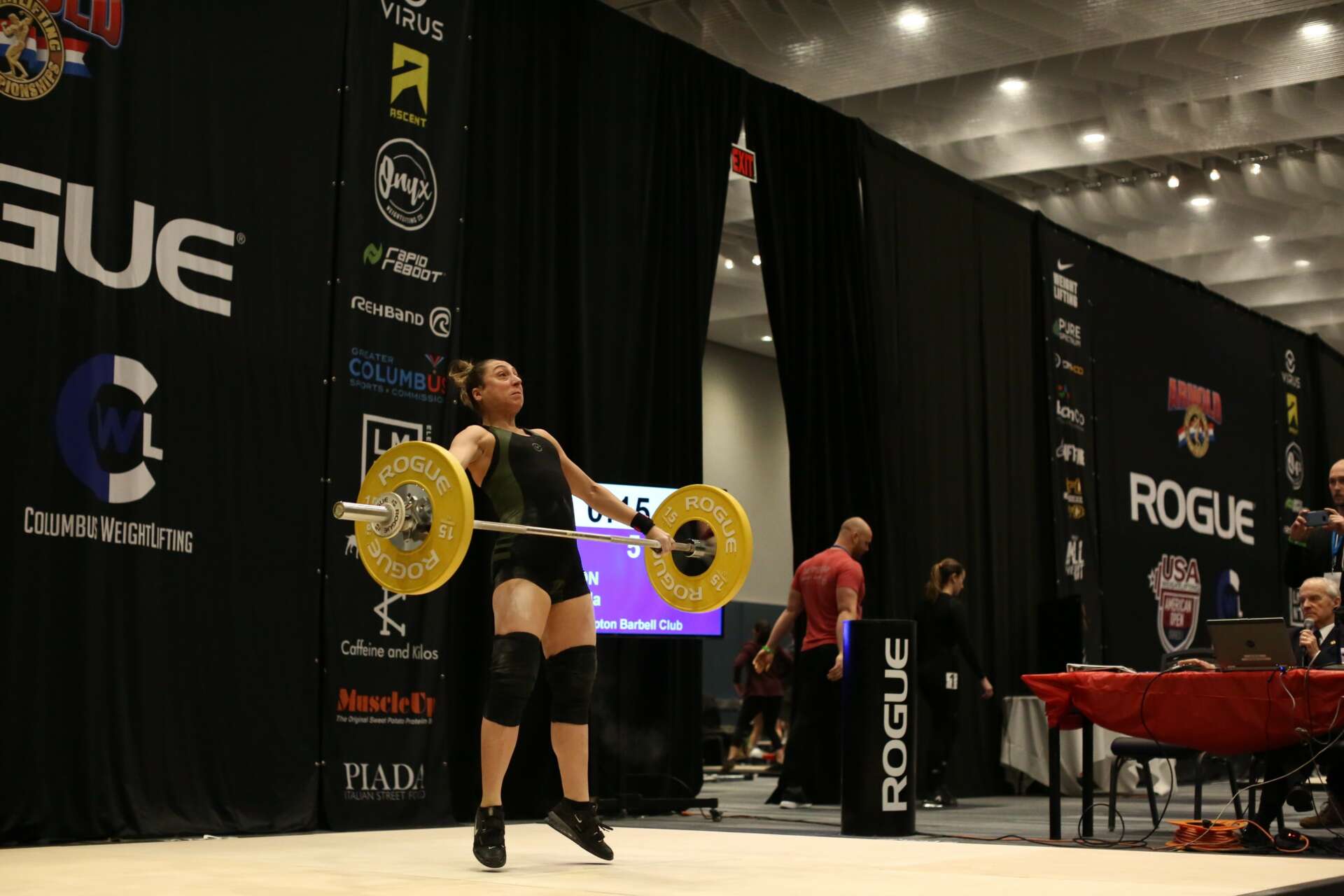

Ananda, before we move on to more of these sorts of questions, can you take some time to bring our readers up to speed on you and what you do?
I create small batch natural perfumes from scratch. I focus on creating works that are artistically realized in their concept and construction (they need to have an evolution from start to finish in the same way a story would). I aim for complexity in experience, unique to their own character while being fully perfume – worthy. What I mean by that is a wearability that matches the expectation of fullness and personal identity that one might expect from a commercial perfume, but through the olfactory lense of natural materials. In the same way that I approached my choreography in the past, I desire my perfumes to move people.
Different from commercial fragrances that consist of accessible, low cost aromamolecules and high turn around lab efficiencies, it’s uncommon for perfumes to be 100% natural, much less created from single raw materials by hand, and even less common for some of the materials to be wildcrafted or grown by the perfumer and extracted in house. Since I’m the only pair of hands here, everything is done by me, from the foraging and tinctures to the oil sourcing and accords, to the labels and wax sealed boxes, to the web photography and copy, and of course the compositions themselves, we can say I have a lot of skin in the game. This can also set me up for difficulty, as the general public doesn’t really know about the extreme costs of time and money and the variability of raw materials that make the art of natural perfumery a completely different animal than synthetics, in almost every aspect of the trade. It’s more akin to wine making. This is why I consider Gather to be “terroir perfume”, as it’s not only perfume that contains literal land that’s gathered, but also explores inner landscapes of the human experience and the metaphors that overlap.
At the time of realizing I could actually make “perfume” from natural materials (a process that unfolded over a good decade or so, perhaps 2001-2011) as opposed to aromatherapy blends, there were only a few indie natural perfumers out there. It was a little known art form that most people considered to be sort of kitchen-crafty or remedial. A few pioneers finally broke the glass ceiling of expectations, paving the way for natural perfume to be taken more seriously. Charna Ethier, who I have had the great pleasure of learning from through her intensives, is one such icon in this field. Her work bridging the gap between classical perfumery and natural perfumery has been a critical hinge. In fact, all perfumery was natural perfumery until the early 1800’s, so it’s really not a stretch once we understand that aromachemicals are a relatively new thing, and at the time of their arrival were considered an insulting, adulterating ingredient by many. It can be argued that the introduction of artificial fragrances has muted the inherent psycho-spiritual nature of the old perfume ways, which were critical aspects of cultural and religious practices the world over. Commercial fragrances on the market today favor the experience of exalting the fantasy self in exchange for a perceived value of money, so we can lean further into self expressing while often leaving behind a context in which we can self-inquire or self-actualize. I feel compelled to return to olfactory art as an opportunity to reintegrate our fantasy-art-imagination self with our deep desire to inquire, to understand, to become, and to embody.
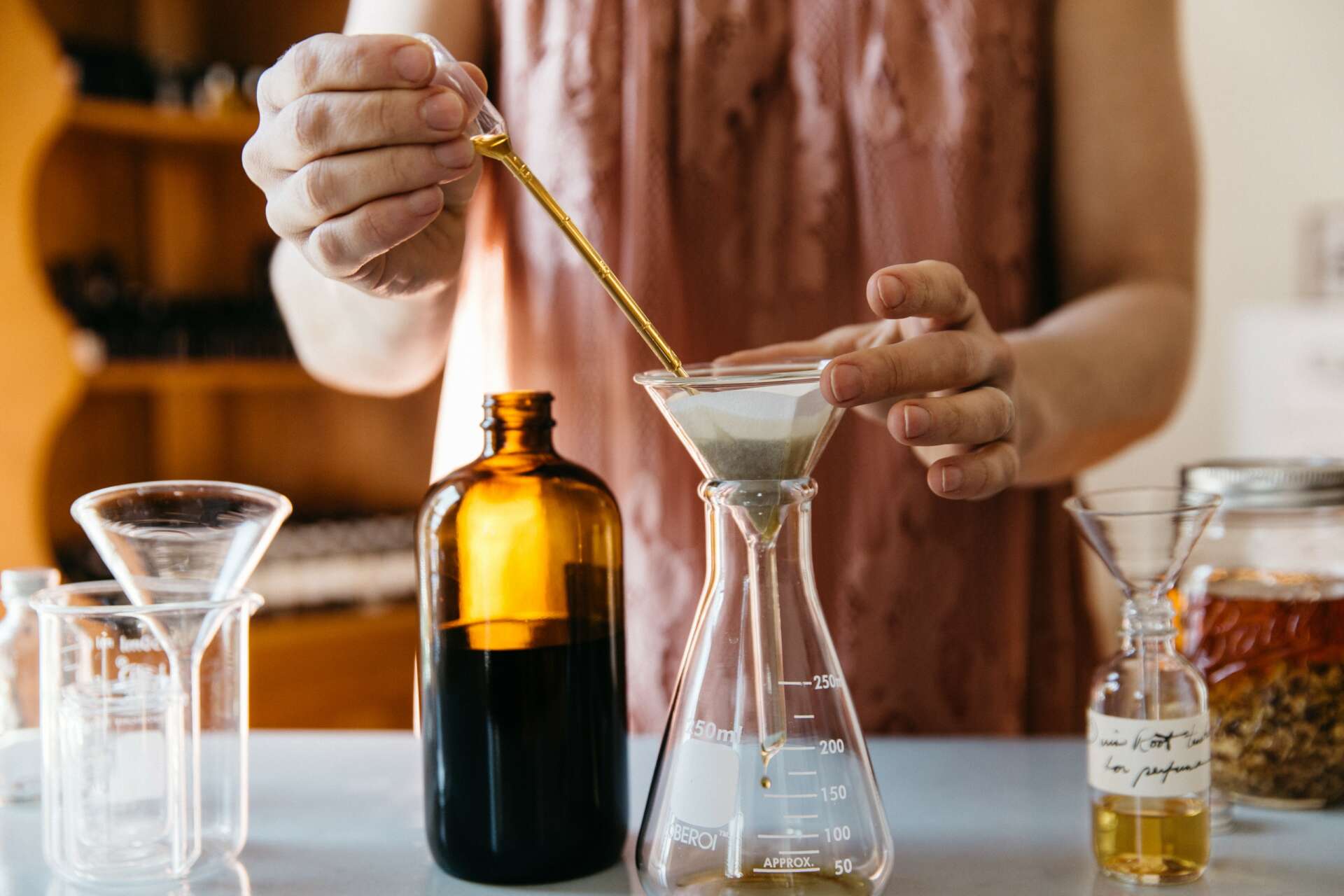
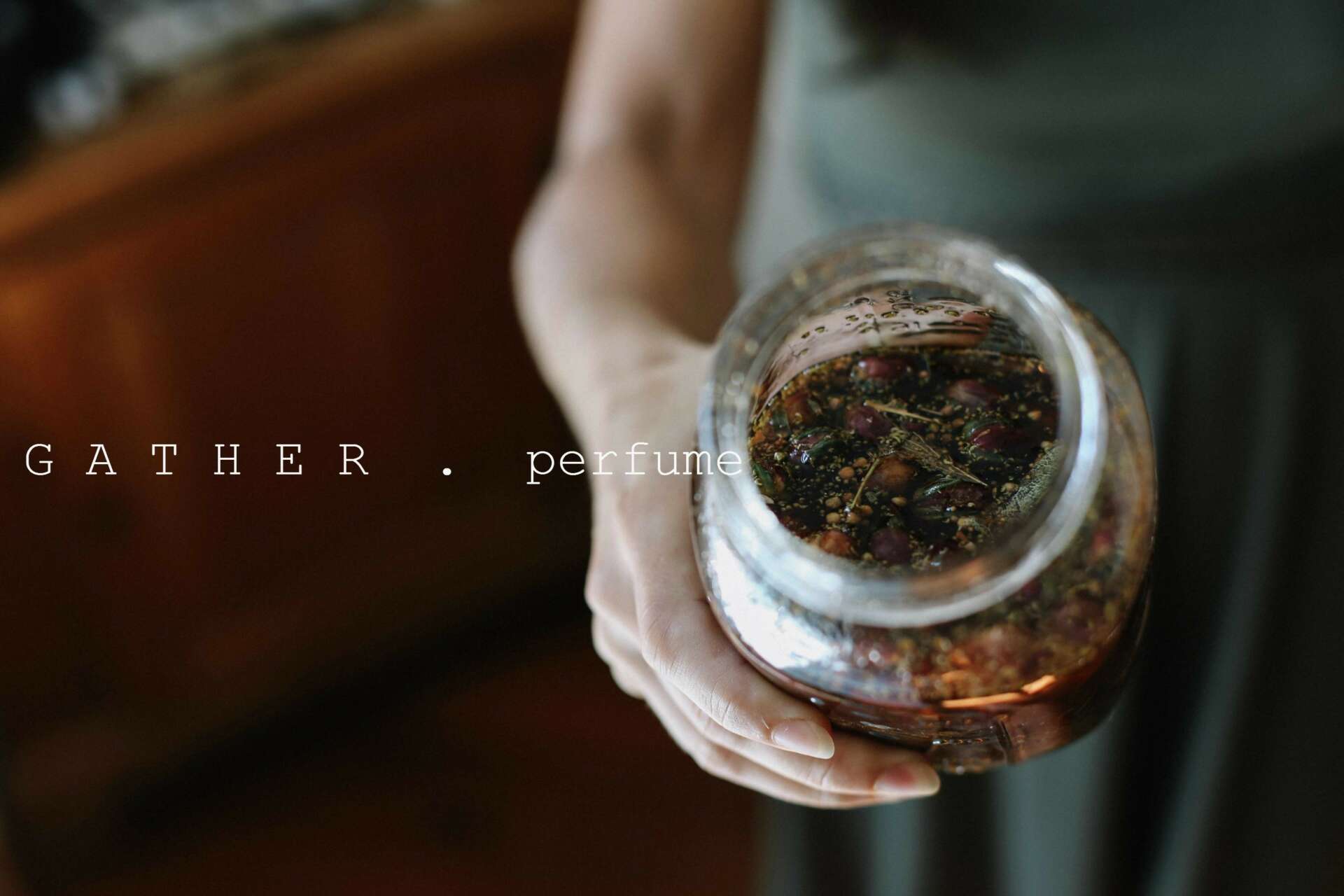
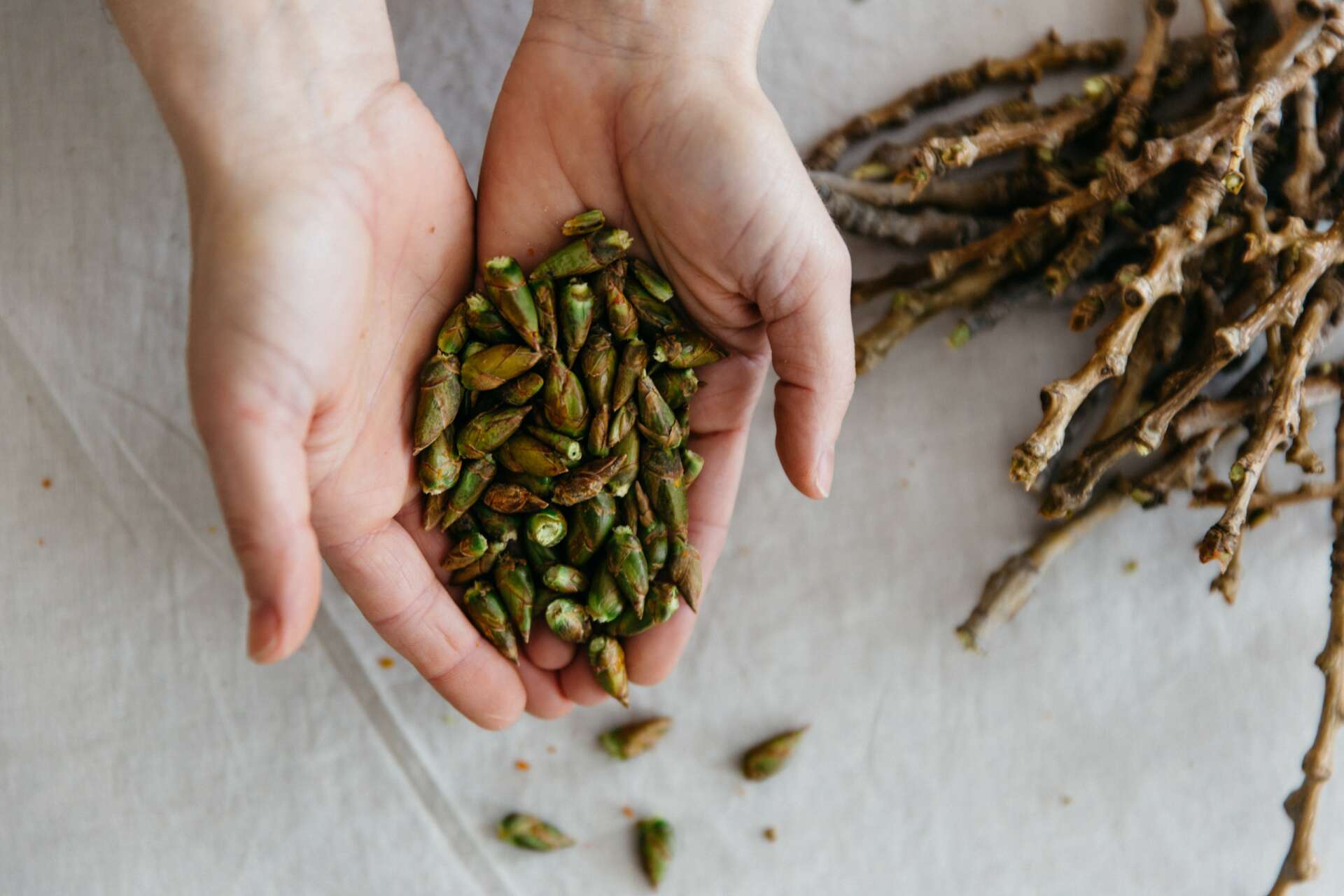
What can society do to ensure an environment that’s helpful to artists and creatives?
I feel the two most impactful ways that artists can be supported by society are sharing and purchasing. Sharing for free on social media or sharing your enjoyment of the work with those around you, or leaving website reviews make an enormous impact, as we are often unable to reach the marketing levels needed for success and third party validation is valued by potential clients. Purchasing our work and understanding the difference in costs that we face compared to the industrial market is incredibly helpful. It’s harmful to us for our prices to be compared to that of fast fashion or high turnover product. It’s analogous to a cheap rubber shoe from a factory versus a handcrafted italian leather shoe. This does require us to shift our mindset to quality over quantity, and to savoring over acquisition.
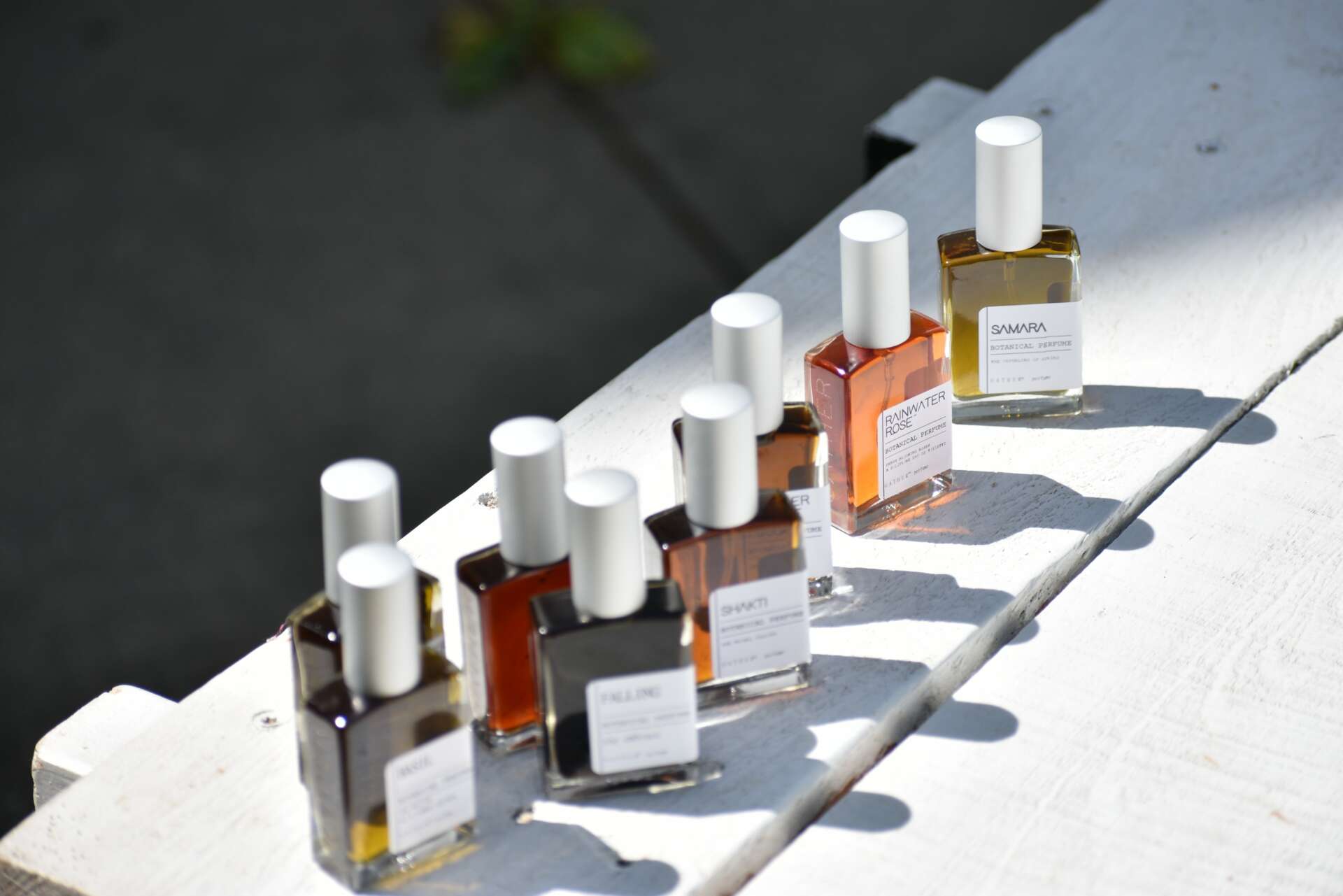
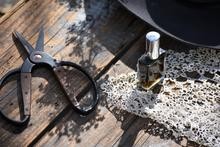
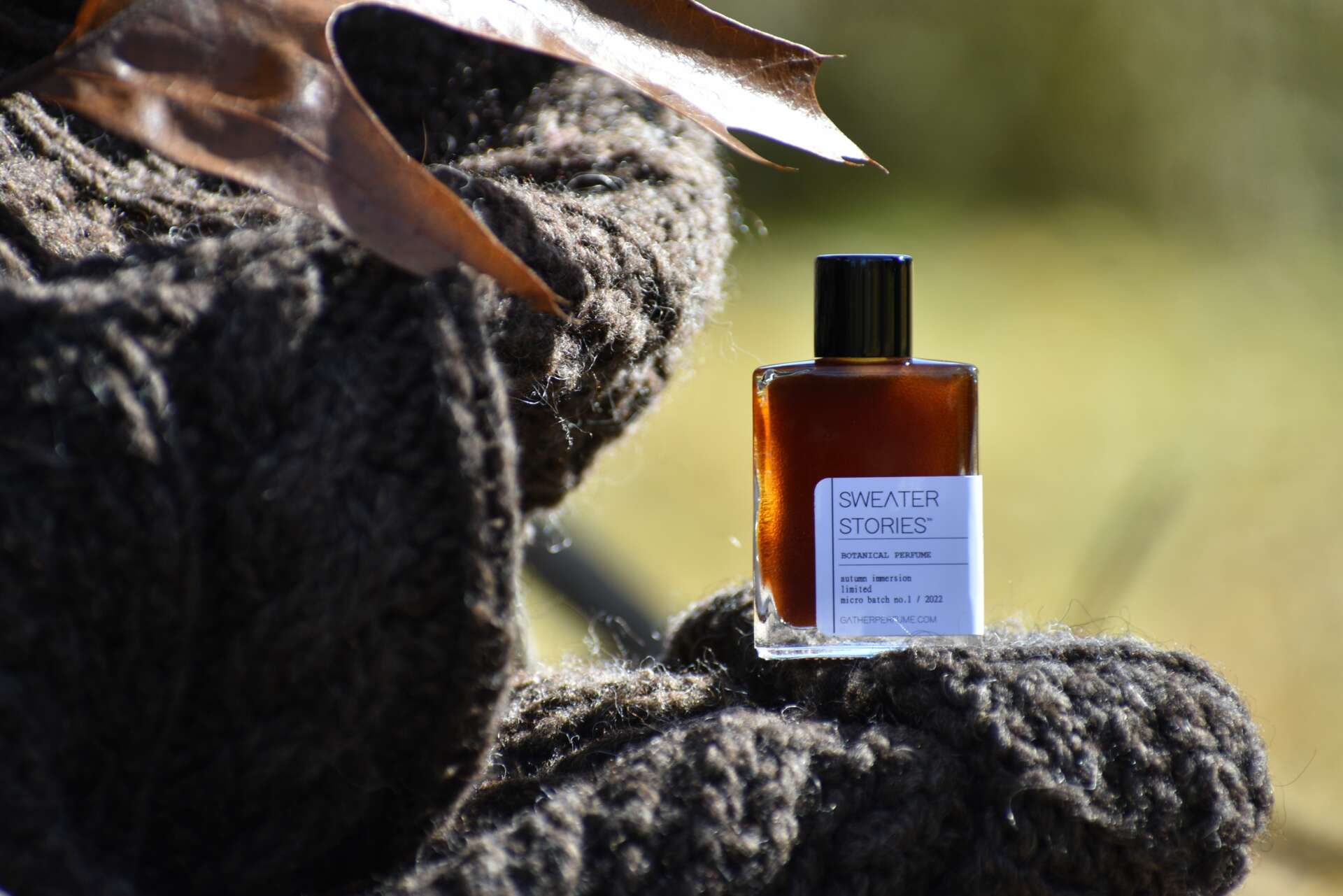
Have you ever had to pivot?
Every artist – really everyone – should expect to pivot at least a few uncomfortable times in their career. While smell and creating olfactory products has always been in my life to some degree, other priorities have taken the front seat at times. Raising children, tending my marriage, having a dance career, homeschooling, running a wilderness school, being an herbalist, are all things that in the past have caused my work as a perfumer to both wax and wane at different times, though I’d say were always informing my artistic style. Currently I am having to pivot to accommodate other aspects of my life that are important to me, such as my weightlifting career at a nationally competitive level, and my desire to experience more travel and camping with my husband. Taking a step back to work on the larger structure of your business as opposed to just the daily grind can be a sanity saver. I think it’s important to have a strong intention for your work, but flexibility in the path.
Contact Info:
- Website: www.gatherperfume.com
- Instagram: @gatherperfume
- Facebook: https://www.facebook.com/gatherperfume
- Twitter: @gatherperfume
Image Credits
Ananda Wilson, Candace Hope


